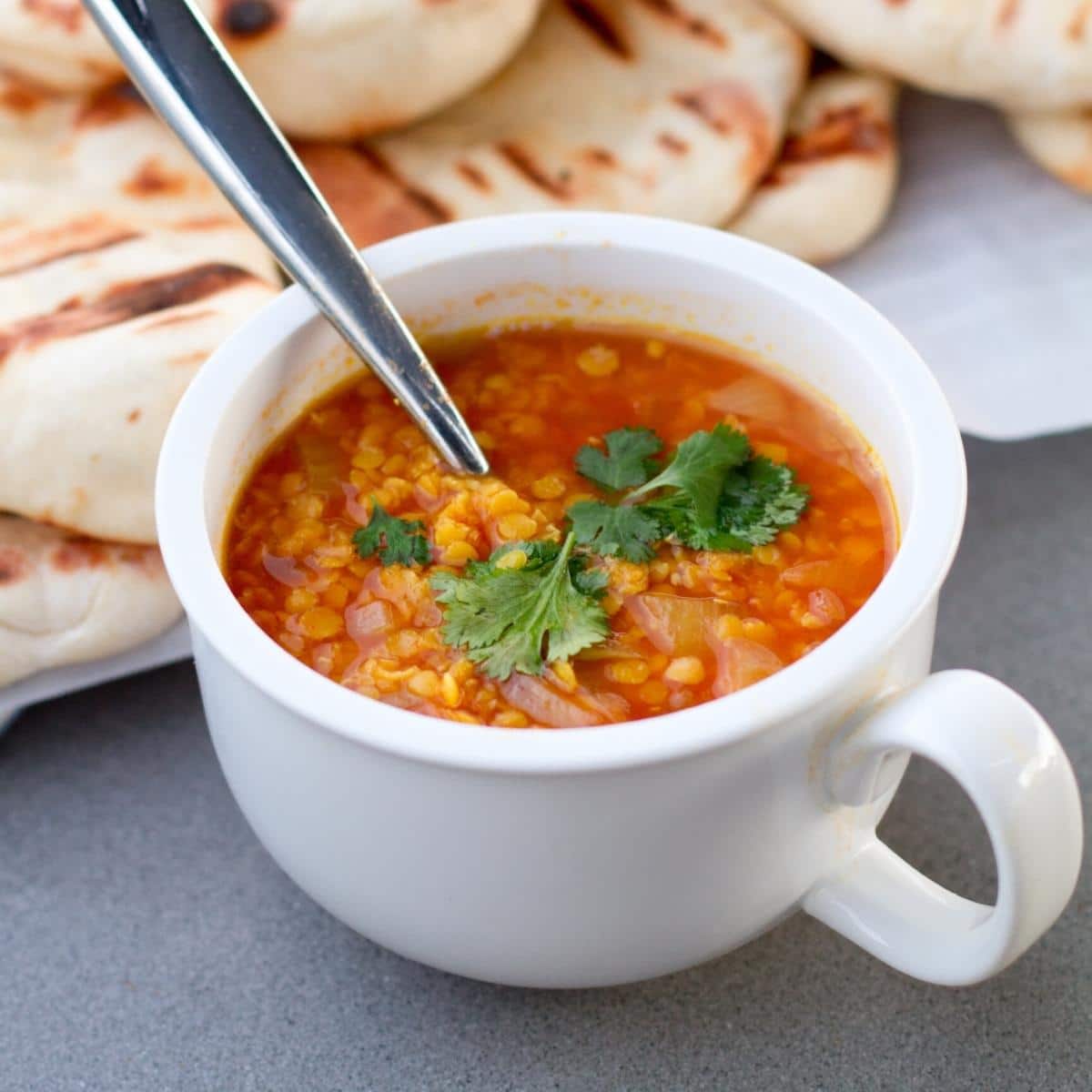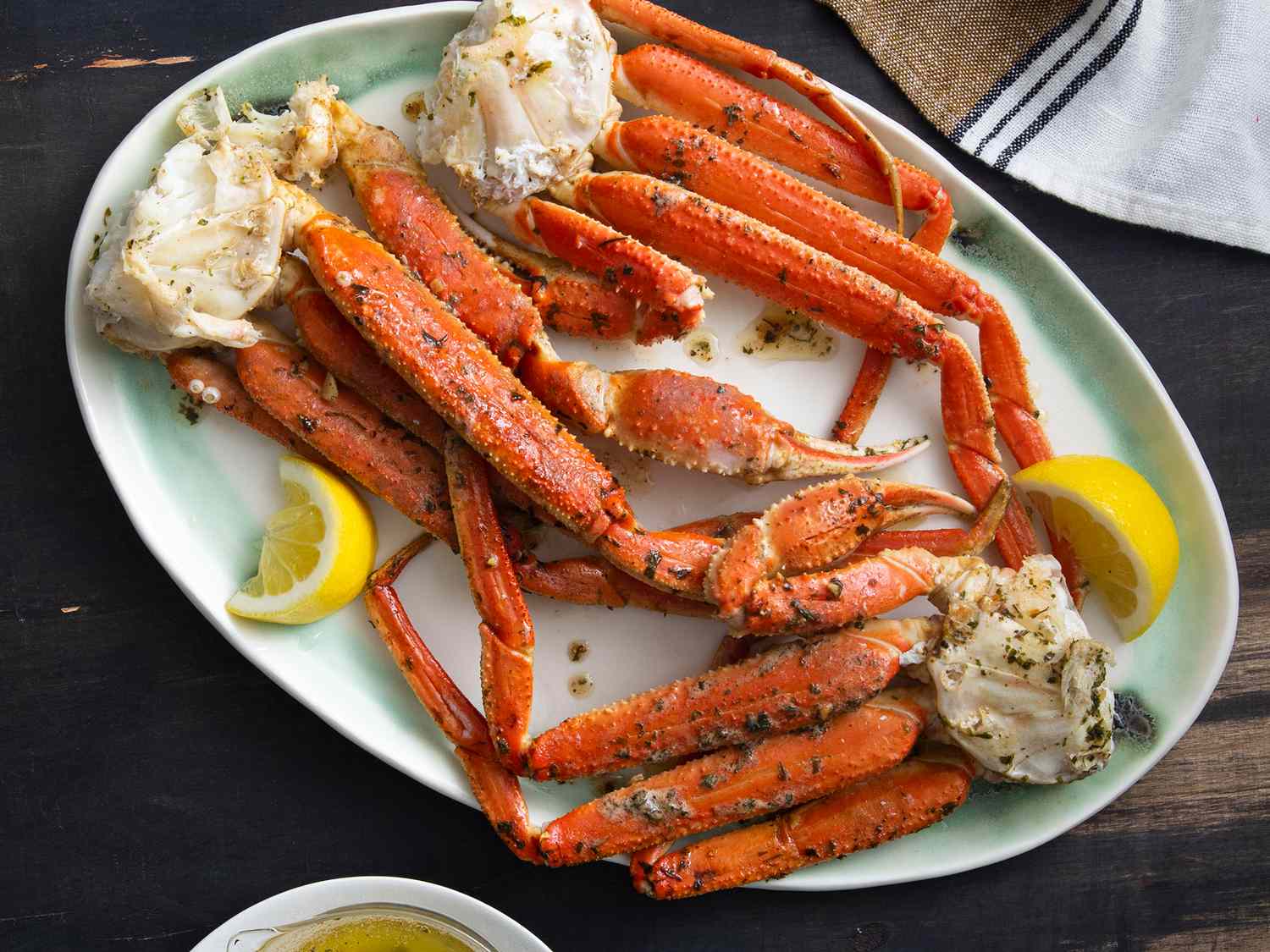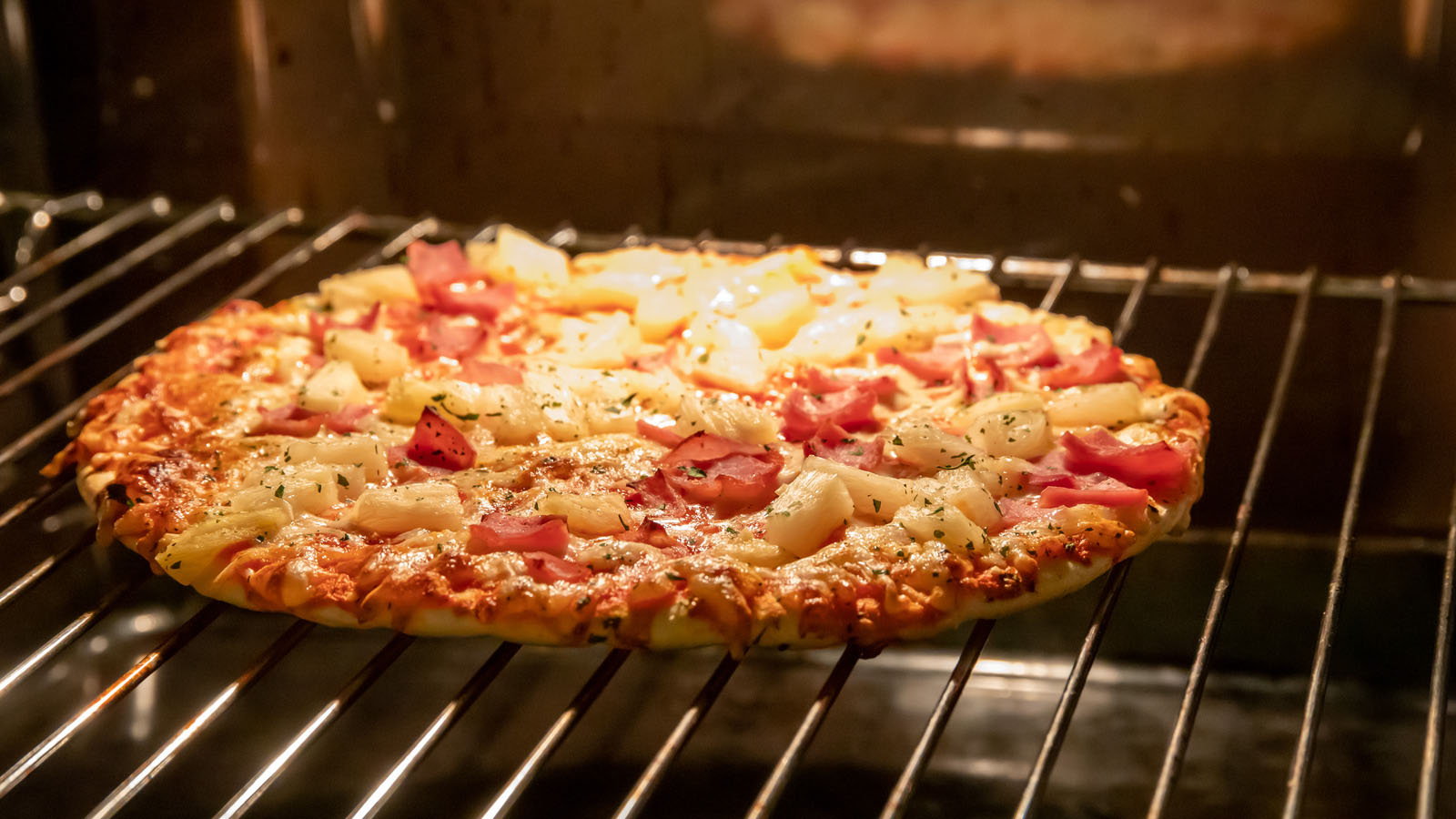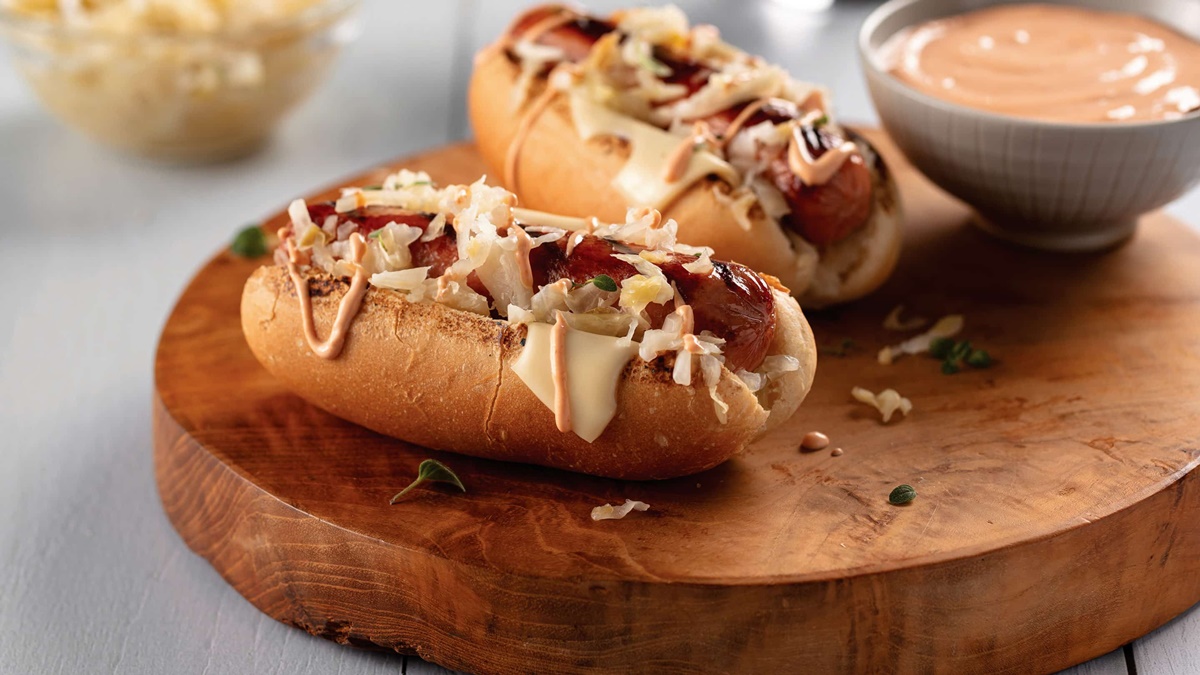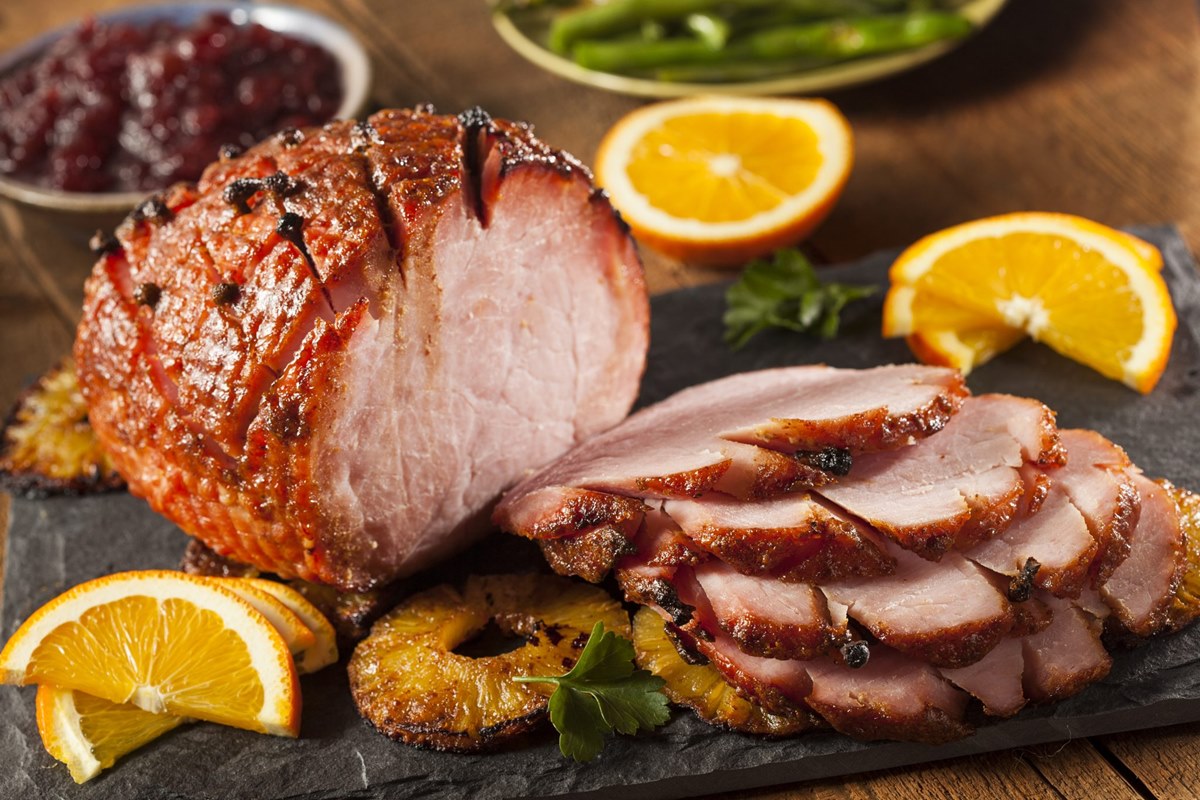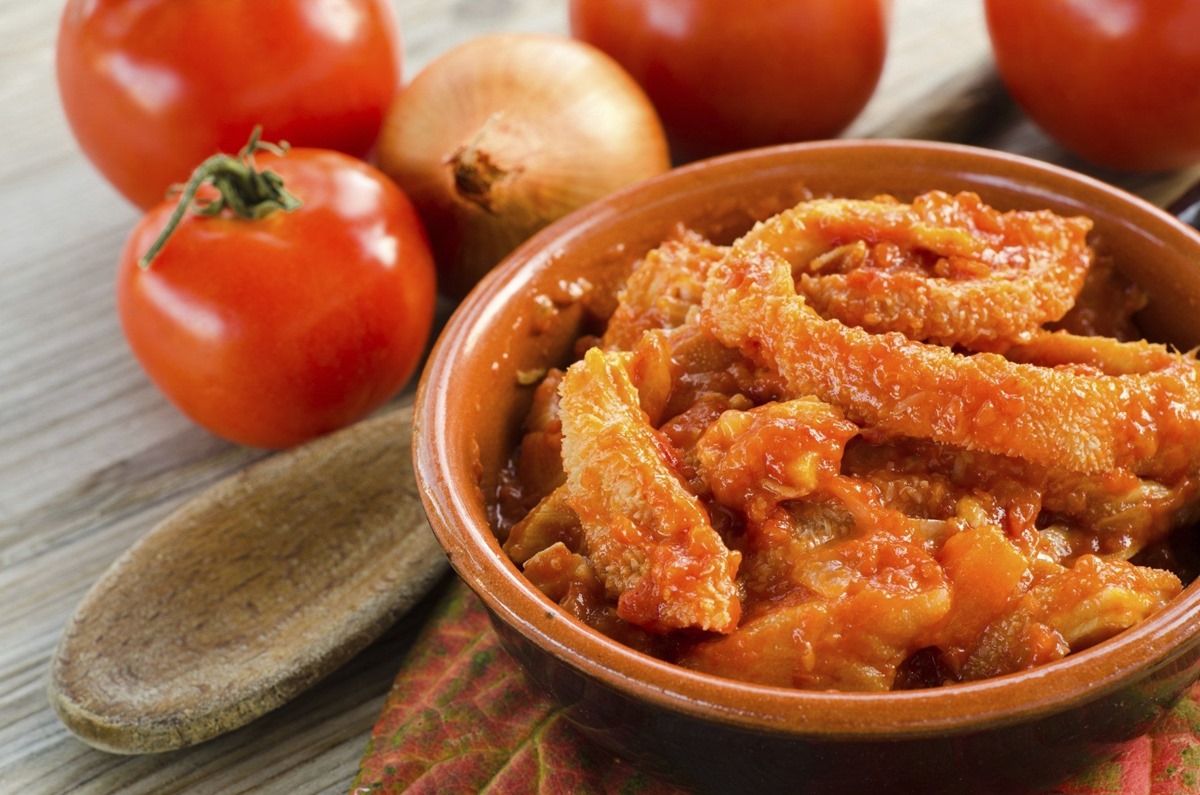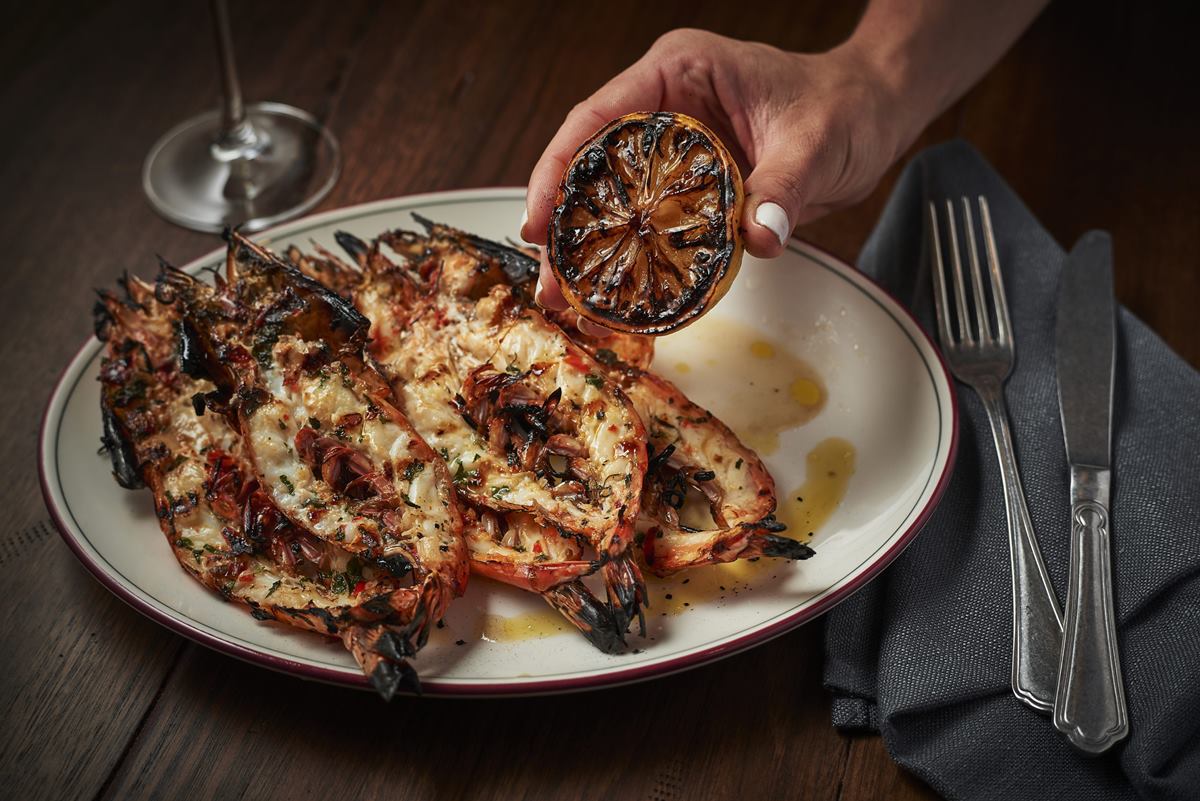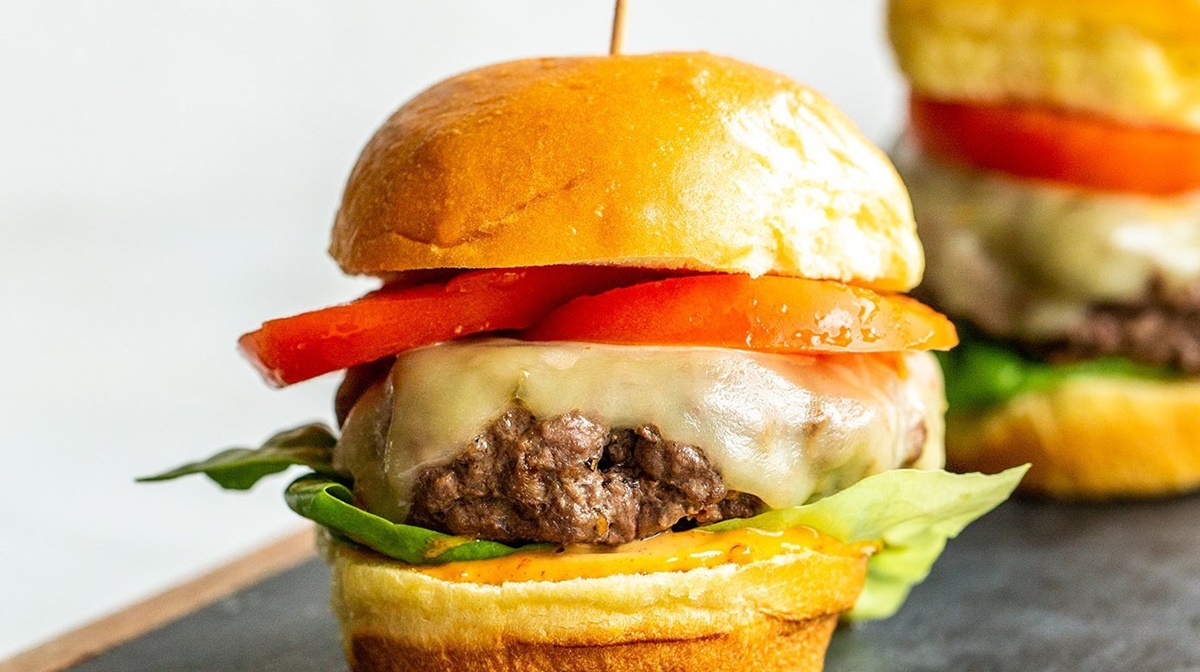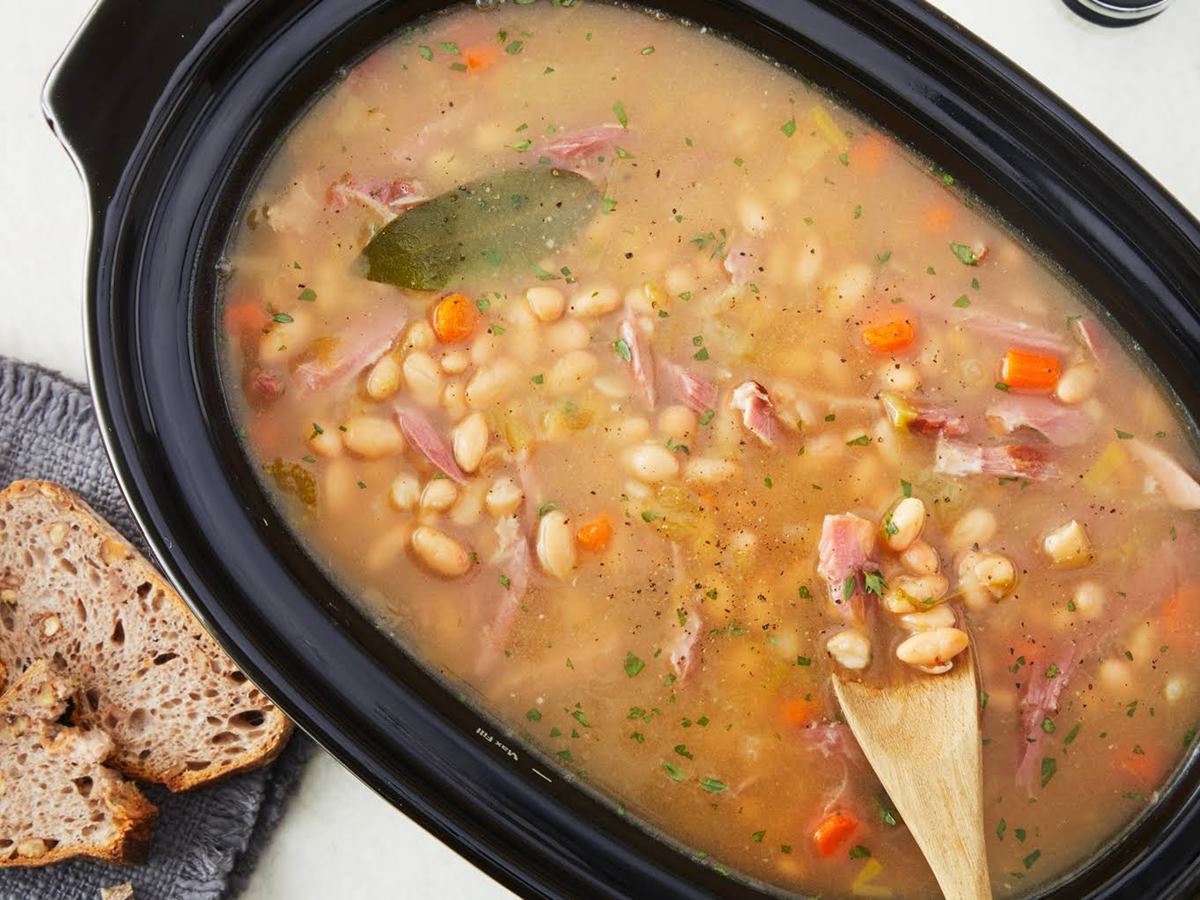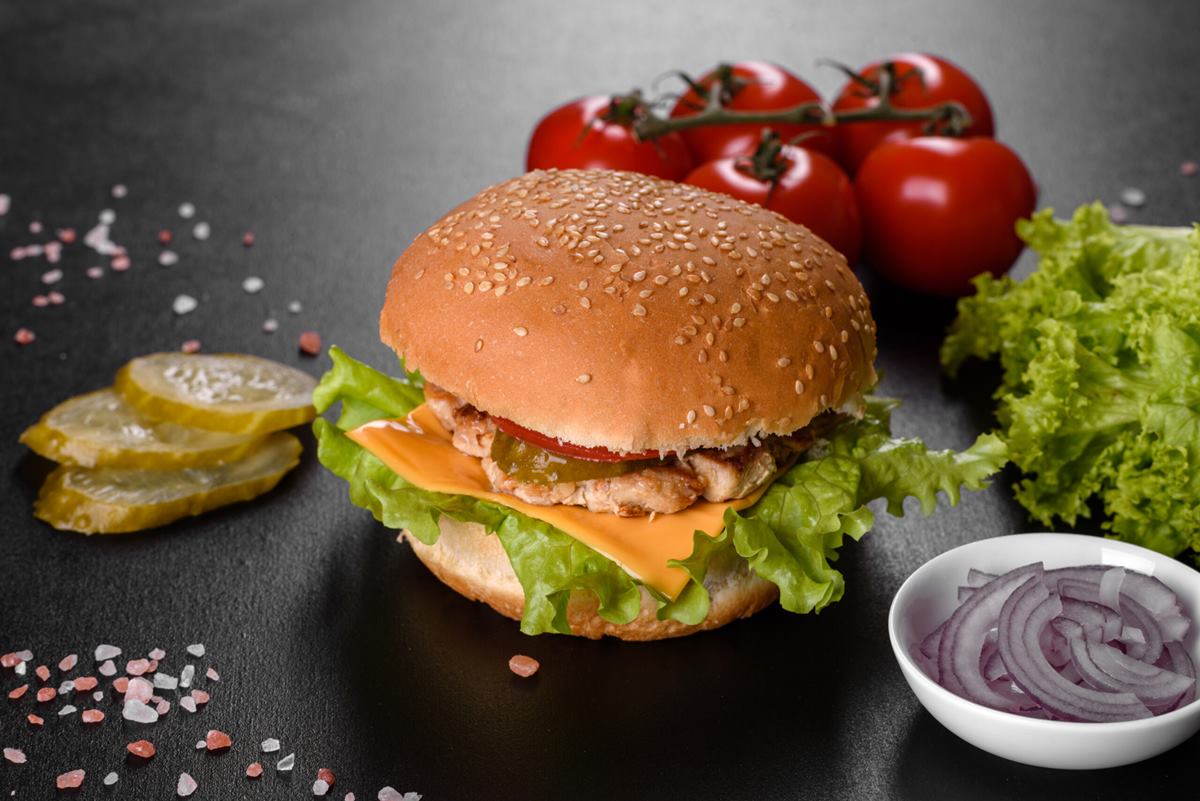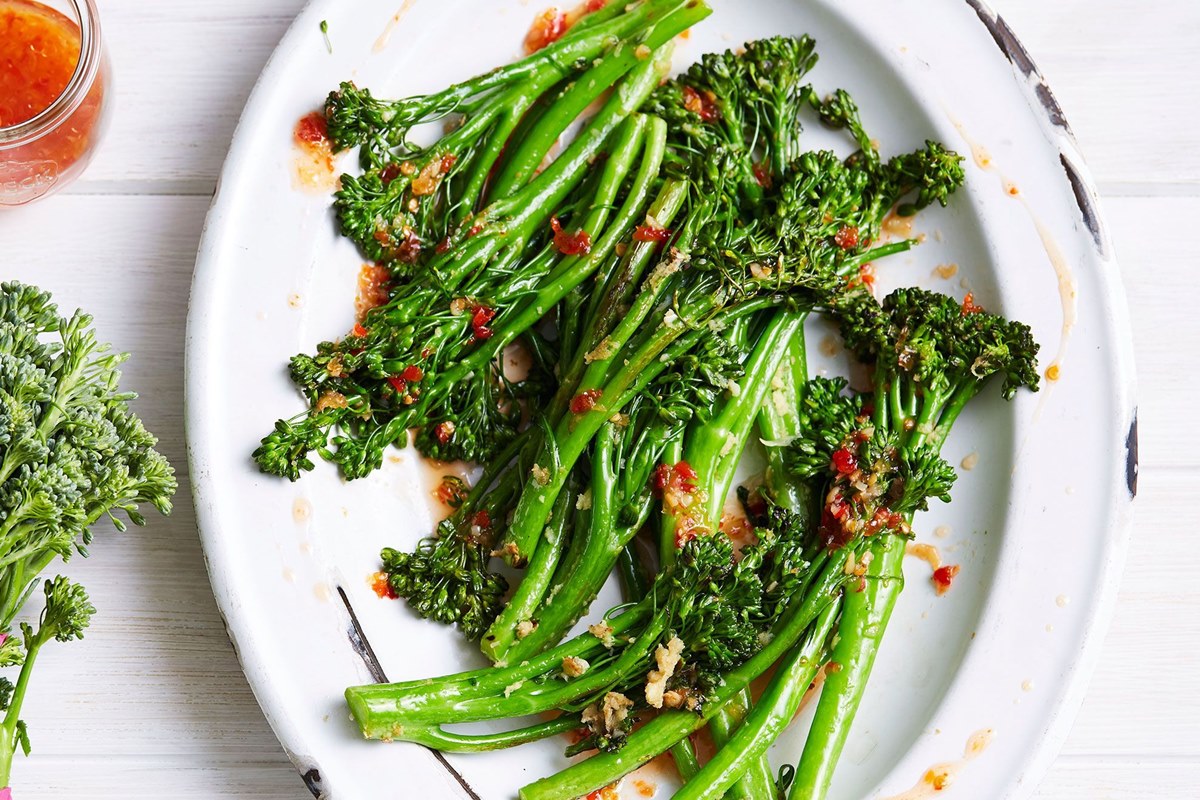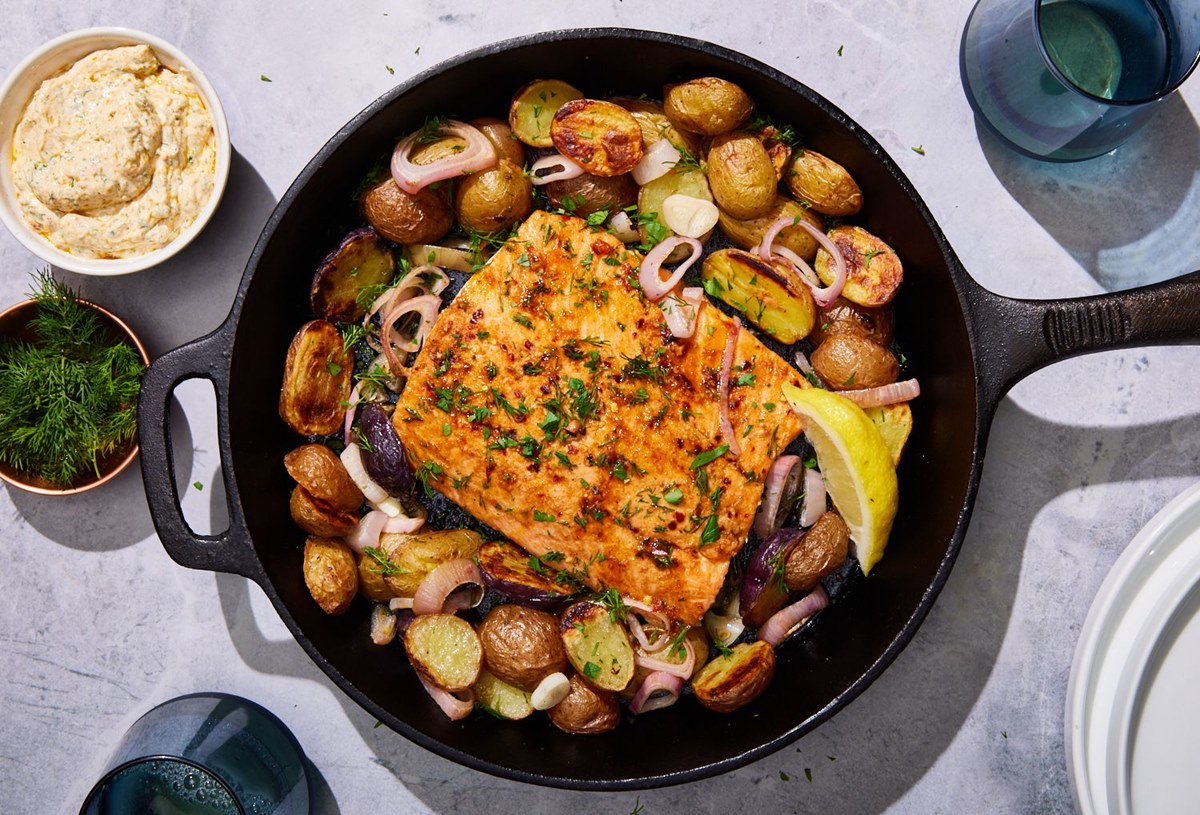Unlocking the Secret of Cooking Frozen Smoked Turkey Wings
Are you craving a delicious and smoky taste sensation? Look no further than frozen smoked turkey wings! These flavorful and tender cuts of meat can be a real treat, whether enjoyed as a standalone dish or used to enhance soups, stews, or other recipes. While cooking frozen smoked turkey wings may seem like a challenge, with the right techniques, you can achieve a mouthwatering result every time.
Why Choose Frozen Smoked Turkey Wings?
Frozen smoked turkey wings offer a myriad of benefits, making them a popular choice among food enthusiasts. Here are just a few reasons why you should consider adding them to your culinary repertoire:
- Flavorful: The smoking process infuses the turkey wings with a rich and smoky taste that is hard to resist.
- Tender and Juicy: Smoking helps to tenderize the meat, resulting in wings that are moist and succulent.
- Convenience: Frozen smoked turkey wings are readily available at many grocery stores, making them a convenient option for home cooks.
- Versatility: You can use frozen smoked turkey wings in a variety of dishes, from hearty soups to mouthwatering BBQ recipes.
Preparing Frozen Smoked Turkey Wings
Before diving into the cooking process, it’s important to properly prepare your frozen smoked turkey wings. Follow these simple steps:
- Thaw the Wings: Start by thawing the frozen turkey wings in the refrigerator overnight. This slow thawing process ensures even defrosting, preserving the taste and texture of the meat.
- Marinate for Extra Flavor: For an extra infusion of flavor, consider marinating your thawed turkey wings in your favorite blend of spices and seasonings. Allow them to marinate in the refrigerator for at least 2 hours, or overnight if possible.
Cooking Methods
When it comes to cooking frozen smoked turkey wings, you have several options. Whether you prefer the convenience of the oven or the smoky char of the grill, here are a few cooking methods to choose from:
- Oven-Baking: Preheat your oven to 350°F (175°C). Place the thawed and marinated turkey wings on a baking sheet and cook for approximately 25-30 minutes, or until the internal temperature reaches 165°F (74°C). For an extra layer of flavor, you can brush the wings with your favorite barbecue sauce before baking.
- Grilling: Preheat your grill to medium heat. Place the thawed and marinated turkey wings directly on the grill grates and cook for about 10-12 minutes per side, or until the internal temperature reaches 165°F (74°C). Baste the wings with barbecue sauce during the last few minutes of grilling for added flavor.
- Slow Cooking: The slow cooker is a great option for those looking for a hands-off approach. Place the thawed and marinated turkey wings in the slow cooker and cook on low heat for 6-8 hours or on high heat for 4-6 hours, or until the meat is tender and fully cooked.
Serving Suggestions
Now that your frozen smoked turkey wings are perfectly cooked, it’s time to enjoy them! Here are a few serving suggestions to tantalize your taste buds:
- As an Appetizer: Serve the cooked turkey wings with a side of homemade dipping sauce, such as barbecue, ranch, or honey mustard, for a finger-licking appetizer.
- In Soups and Stews: Add chopped or shredded meat from the smoked turkey wings to your favorite soup or stew recipe for an extra dose of smoky goodness.
- As a Main Course: Serve the turkey wings alongside your favorite sides, such as mashed potatoes, roasted vegetables, or coleslaw, for a hearty and satisfying main course.
Now that you know the secrets to cooking frozen smoked turkey wings, it’s time to get creative in the kitchen. With their incredible flavor and versatility, these wings are sure to become a staple in your culinary repertoire. So, grab a pack of frozen smoked turkey wings, thaw them to perfection, choose your preferred cooking method, and get ready to savor a delectable meal that will leave your taste buds begging for more.
More Delicious Recipes Featuring Smoked Turkey Wings
Having mastered the basics of cooking frozen smoked turkey wings, why not put your newfound skills to the test with these enticing recipes? From hearty stews to zesty barbecue dishes, each recipe offers a unique twist on using smoked turkey wings. We highly recommend the Smoky Turkey Wing and White Bean Soup Recipe for a comforting meal on a chilly day. If you're in the mood for something with a bit more kick, the Caribbean Jerk Smoked Turkey Wings Recipe adds a spicy flair to your dinner lineup. For those seeking a classic touch, don't miss trying the Southern-Style Smoked Turkey Wings with Grits Recipe, which pairs beautifully with the rich flavors of the South.
Was this page helpful?
Read Next: How To Cook Ham In Ninja Foodi
